AO Edited
Pico Basilé
It's been nearly a century since this volcano, the tallest mountain in Equatorial Guinea, erupted.
Standing 3,011 meters (9,878 feet) tall, Pico Basilé is the volcano king of Bioko Island. The summit of the shield volcano, which last erupted in 1923, is often hidden by clouds. You might catch a glimpse of its peak, but the full extent of its grandeur will only appear on a clear, cloudless day. And clear, cloudless days don’t tend to happen that much around here.
In the dry season, you’d be forgiven for forgetting that Pico Basilé is even there, lurking quietly behind a wall of dust. Late November to early March is when the annual phenomenon known as Harmattan occurs, in which sand from the Sahara Desert blows across the sea. It coats the island in dust so thick that visibility is reduced to not much more than 50 meters (160 feet).
Your best bet for a full Pico viewing is after a rainstorm. As soon as the rain has washed away the clouds (or the dust), finally Pico will appear in all its glory, presiding majestically over Equatorial Guinea’s capital city of Malabo.
Pico Basilé is the tallest mountain in Equatorial Guinea. It’s a volcano. And it’s there. So of course you want to stand on the top. After all, isn’t that what mountains are for? If you want to reach the top, you have three options: Driving up the paved road in the comfort of an air-conditioned vehicle (preferably one with four-wheel drive); Cycling up on your fancy road bike; Walking up (but probably not back down).
The road is asphalt and surprisingly well-maintained, but it is, horrendously steep. Don’t be fooled by those 10 percent gradient road signs. If you’re driving, make sure your driver knows how to drive a stick and is comfortably staying in first gear—especially on the way back down.
The fact that the road is well-maintained, and not heavily trafficked, can also make it an enticing challenge for keen cyclists. But again with the steepness. Even the most experienced hill-climbing cyclists will find they need to step off and walk in certain sections.
If you choose to walk, remember that this road was made for vehicles, not hiking. You will be walking 30 kilometers, straight up. And there aren’t a lot of views along the way. And there is certainly no guarantee of a view at the top. (You might just find yourself surrounded by a chilly cloud.)
Let’s be frank—it’s likely that you won’t see much more than a telecommunications tower and a couple of security guards at the top. But remember—it’s about the journey, not the destination! Right? Or you could just wait for a rainstorm and admire the view from sea level.
Know Before You Go
As with most tourist attractions in EG, you will need a permit. You need to apply, pay for it and receive a copy ahead of time.
The road is about 30km up. If driving, make sure your driver is comfortable with being in first gear and can recognize the smell of burning brake pads.
If you’re walking up, arrange a ride for the trip down. Walking 30km straight up asphalt takes about 6 hours and it hurts. It’s not worth walking back down. Take plenty of water and snacks. A support vehicle is a good idea if you can arrange it.
Take a sweatshirt or jacket for the top. Don’t be deceived by the humidity down below. It’s chilly up there.
The security guards at the peak may want to see your permit. They also appreciate token gifts like soft drinks, etc. Their shifts up there are long.


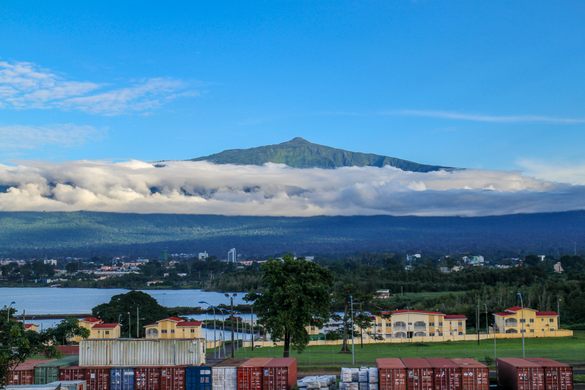


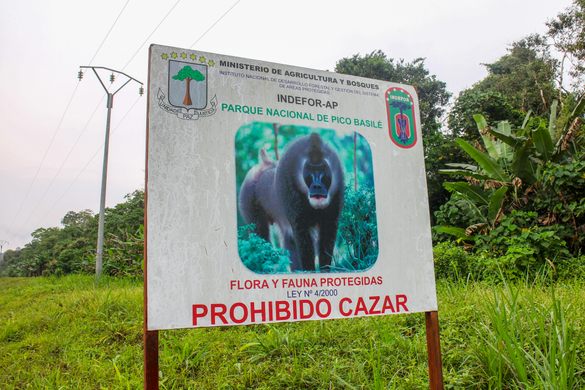
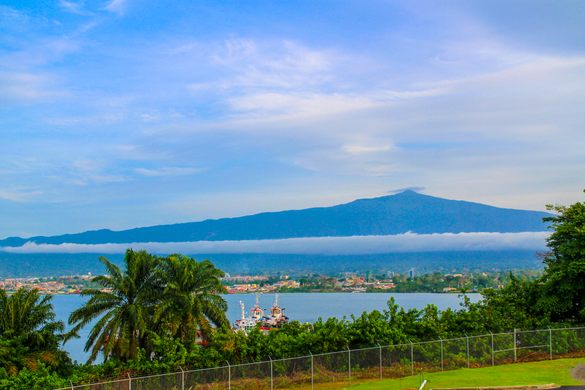


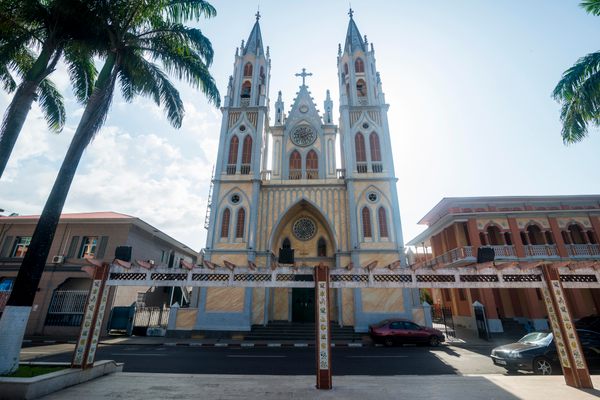

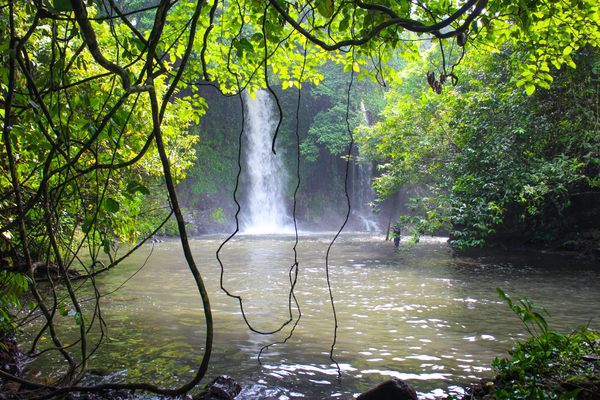






Follow us on Twitter to get the latest on the world's hidden wonders.
Like us on Facebook to get the latest on the world's hidden wonders.
Follow us on Twitter Like us on Facebook